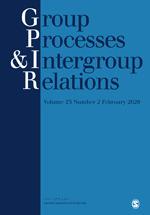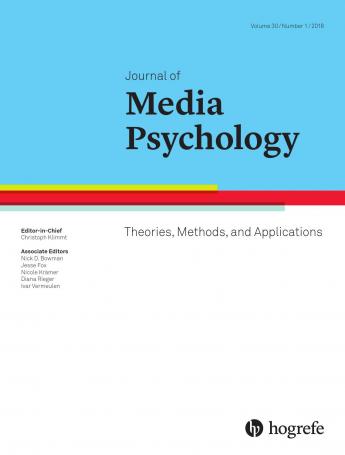Nick Joyce

Education
Ph.D., , University of Arizona
Research Expertise
Intercultural Communication
Intergroup Communication
Dr. Joyce is interested in the communicative and psychological processes underlying intercultural relationships. One major area of his research examines how and why intercultural narratives and other forms of intergroup communication can be used to foster empathy, change perceptions, and improve attitudes toward other cultures and groups. A second major area of his research focuses on understanding how specific communication skills and psychological traits/states predict an individual’s willingness to engage in positive intercultural communication and narratives. He approaches these topics using social scientific methodologies. His research has appeared in a variety of publications including Basic and Applied Social Psychology, Communication Research, and the Journal of Media Psychology, among others.
Graduate Advising Philosophy
Publications
Social identity motivations and intergroup media attractiveness
Findings indicate that when social comparison was manipulated to advantage the ingroup, intergroup media gratified existing social enhancement motivations and led to audiences rating the show as more entertaining and attractive.
Author/Lead: Nick JoyceNon-ARHU Contributor(s): Jake Harwood
This experiment manipulated three features (intergroup social comparison, outgroup character stereotypicality, intergroup intimacy) of an intergroup TV pilot proposal. The study examined how two underlying social identity motivations (social enhancement, social uncertainty reduction) were gratified by the aforementioned features, and whether this gratification predicted media attractiveness. Findings indicate that when social comparison was manipulated to advantage the ingroup, intergroup media gratified existing social enhancement motivations and led to audiences rating the show as more entertaining and attractive. This finding was most clearly evident in the absence of intergroup romance. The gratification of social uncertainty reduction motivations was also shown to increase audience perceptions of intergroup media attractiveness, but outgroup stereotypicality was weakly associated with the gratification of this motivation. These results are discussed in terms of both theoretical implications as well as applications to media campaigns.
Read More about Social identity motivations and intergroup media attractiveness
The Sweet Spot: Curvilinear Effects of Media Exemplar Typicality on Stereotype Change
The results support a curvilinear model in which there is a point, or “sweet spot,” where exemplars are perceived as typical enough of their group.
Author/Lead: Nick JoyceNon-ARHU Contributor(s): Jake Harwood & Sheila Springer
Young adults were exposed to experimentally manipulated stereotypical, counterstereotypical, or extremely counterstereotypical media depictions of an older adult driving. Perceptions of exemplar typicality and beliefs about older adults’ driving ability were assessed. The results support a curvilinear model in which there is a point, or “sweet spot,” where exemplars are perceived as typical enough of their group to be seen as cognitively related and relevant to perceptions of the group, but still atypical enough to change perceptions and beliefs. We discuss implications of these findings for group-related cognitions, subtyping, and media depictions of older adults.



